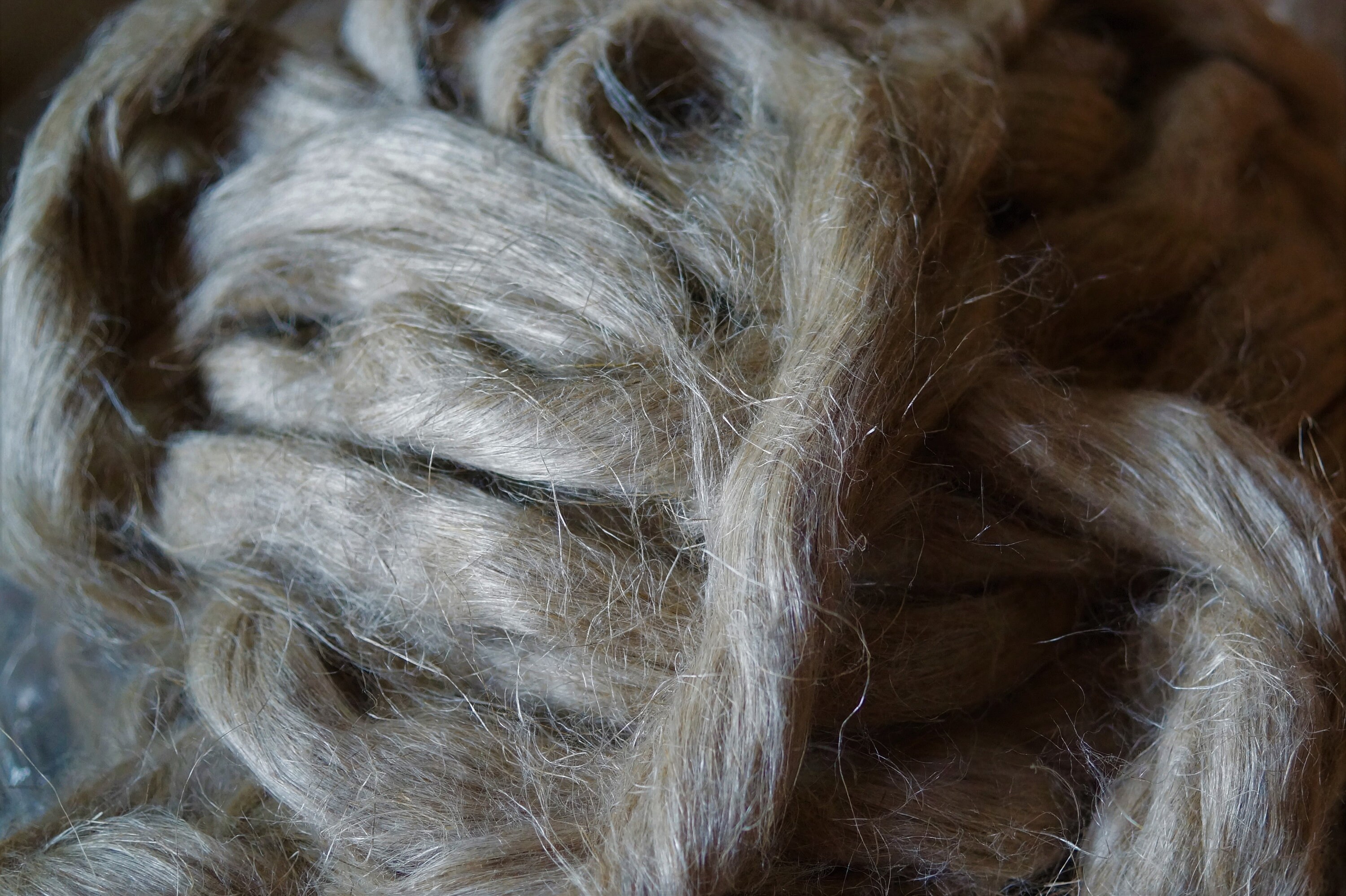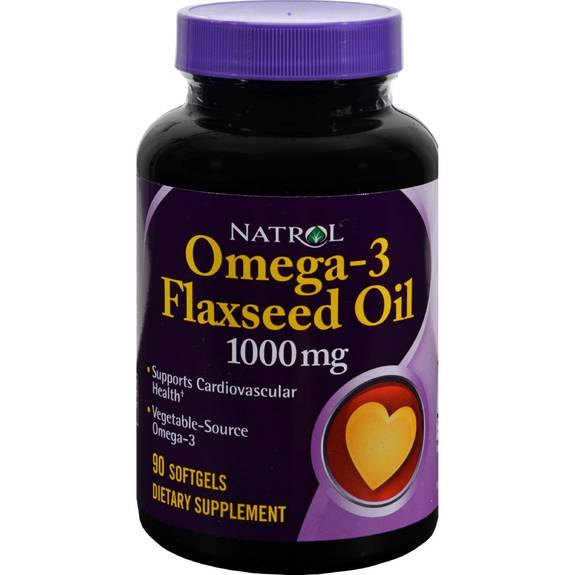

In badly affected paddocks all plants of Glenelg or any other susceptible variety will die before reaching maturity. This disease builds up in paddocks that are sown consecutively or too frequently to flax type crops. Glenelg is a white flowered variety which became the standard in Victoria until problems arose with a soil borne fungal disease called fusarium or flax wilt. The current linseed varieties are not protected, but any new ones that become available are likely to be covered by PBR. All current and future Linola varieties are or will be protected by Plant Breeders Rights (PBR) legislation. There are currently 3 linseed and 3 Linola™ varieties available. Many broad leaf weeds can also be readily controlled in linseed crops.
FLAX TIME CALC FREE
If kept free of grass weeds it will help control or reduce soil borne cereal root diseases such as take-all. Linseed fits well into crop rotations, being particularly useful as a break crop for cereal production. It will tolerate acidic soils unless the pH values are very low, in which case crops may benefit from lime application. It can be grown very satisfactorily using the raised bed controlled traffic cropping technology that is employed in south west Victoria and some other districts to improve the soil and prevent waterlogging of crops. It can tolerate some waterlogging, but should not be sown in the autumn on land that is poorly drained. Linseed grows best in well structured soils, with heavier textured soils preferable to lighter sands. Linseed is rarely an economic crop to grow in major dryland cropping areas such as the Wimmera or the Mallee.


Linola ™ production has been at a standstill in Victoria until recently, and at present there is no Linola oil being used in Australian food products. Great care is required for successful organic linseed production, particularly in insect pest management. Linseed can be produced as an organic crop, and certified organic linseed finds a ready market and commands good prices, especially from processors whose business is predominately in health foods. Linseed productionĪlmost all linseed in Victoria is grown by farmers under contract to seed companies, who clean and grade the seed to supply those specialist markets. Most of it is sold and used as whole seed for bakery and confectionery products such as breads and muesli bars, and also for specialist stock feed.Ī growing and important use of linseed is for cold pressed Flaxseed oil, widely sold in Australia and overseas as an Omega 3 health food.

In Victoria, linseed is currently grown mainly in high rainfall districts in the south-west region, where the average yield is about 1.25 tonnes per hectare. Linola oil is quite different from industrial linseed oil, being an edible polyunsaturated oil very similar to polyunsaturated sunflower oil. (There is also some specialty golden seeded linseed grown in Australia). Linola plants are identical to those of linseed but the seed is golden yellow instead of the usual brown colour of linseed. Linola is a registered trademark of CSIRO and the crop is protected by patents. It was developed in Australia by plant breeders from CSIRO, Canberra. Linola ™ is a new crop in the flax group. Linseed and Linola™ are different seed quality types of the flax plant, Linum usitatissimum, which has been grown as an oilseed plant for many years.


 0 kommentar(er)
0 kommentar(er)
